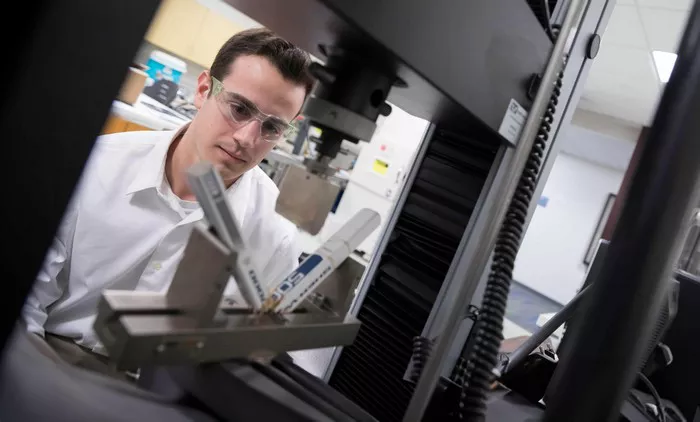GE Aerospace is broadening its collaboration with Kratos Defense & Security Solutions to develop a new generation of low-cost, small turbofan engines. The latest initiative focuses on creating the GEK1500, a 1,500-pound thrust engine designed to power the “lower end” of Collaborative Combat Aircraft (CCA) platforms.
Set for an initial prototype demonstration in 2026, the GEK1500 builds on the foundation of the in-development GEK800—a smaller, expendable engine aimed at cruise missile applications, with further testing scheduled for this summer.
Mark Rettig, Vice President and General Manager of GE Aerospace’s Edison Works Advanced Programs, highlighted the complementary nature of the partnership: “Kratos is fast. They have much more flexibility, with limited reviews and the ability to make decisions at lower levels. Our teams fit so well together.”
The partnership, initiated in 2023 with a joint development agreement on the GEK800, now aims to create a versatile family of propulsion solutions. GE Aerospace underscored Kratos’ two decades of expertise in producing small engines for drones and missile platforms, emphasizing that their combined efforts will deliver “affordable mass propulsion solutions” for next-generation defense needs.
Steve “Doogie” Russell, Vice President and General Manager at GE Aerospace Edison Works, explained the distinct business model behind the collaboration. “Combat aircraft and helicopter engines are built to last thousands of cycles, but platforms like cruise missiles only need to survive a few hours of operation. Trying to scale down high-end engines isn’t cost-effective or efficient for these applications. Partnering with Kratos allows us to pursue an innovative, low-cost approach tailored to these needs.”
Kratos’ turbine technologies president, Stacey Rock, added that the company excels at rapid, affordable development and that teaming with GE Aerospace will enhance production capacity and secure long-term supplier agreements.
The impetus for the GEK1500’s development stems from the Department of Defense’s growing interest in “portable combat mass,” such as CCAs. Discussions with traditional and disruptive platform providers shaped the engine’s design focus.
Meanwhile, the smaller GEK800, producing 800 pounds of thrust, targets cruise missile applications with the goal of matching or beating current prices—around a couple hundred thousand dollars—while delivering improved performance. Initial development funding combined internal resources and Air Force support.
“There’s a notable shortage of engines in this thrust class for these systems,” Rock said, “and given the projected production volumes, there’s strong demand for an alternative.”
Craig Young, GE Aerospace’s executive engineering director for hypersonic propulsion and small UAV engines, revealed plans for altitude testing of the GEK800 tech demonstrator this summer, with the first product engine expected by year-end and a second following shortly after.
While the companies maintain some details of their broader engine family roadmap under wraps, Rettig described the strategy as offering a spectrum of engines ranging from expendable to reusable, with significant scalability within the architecture.
“For now, we have two engines in development and are steadily advancing,” he said.
This partnership signals a new chapter in defense propulsion technology, combining agility, affordability, and scalability to meet the evolving demands of modern combat systems.

